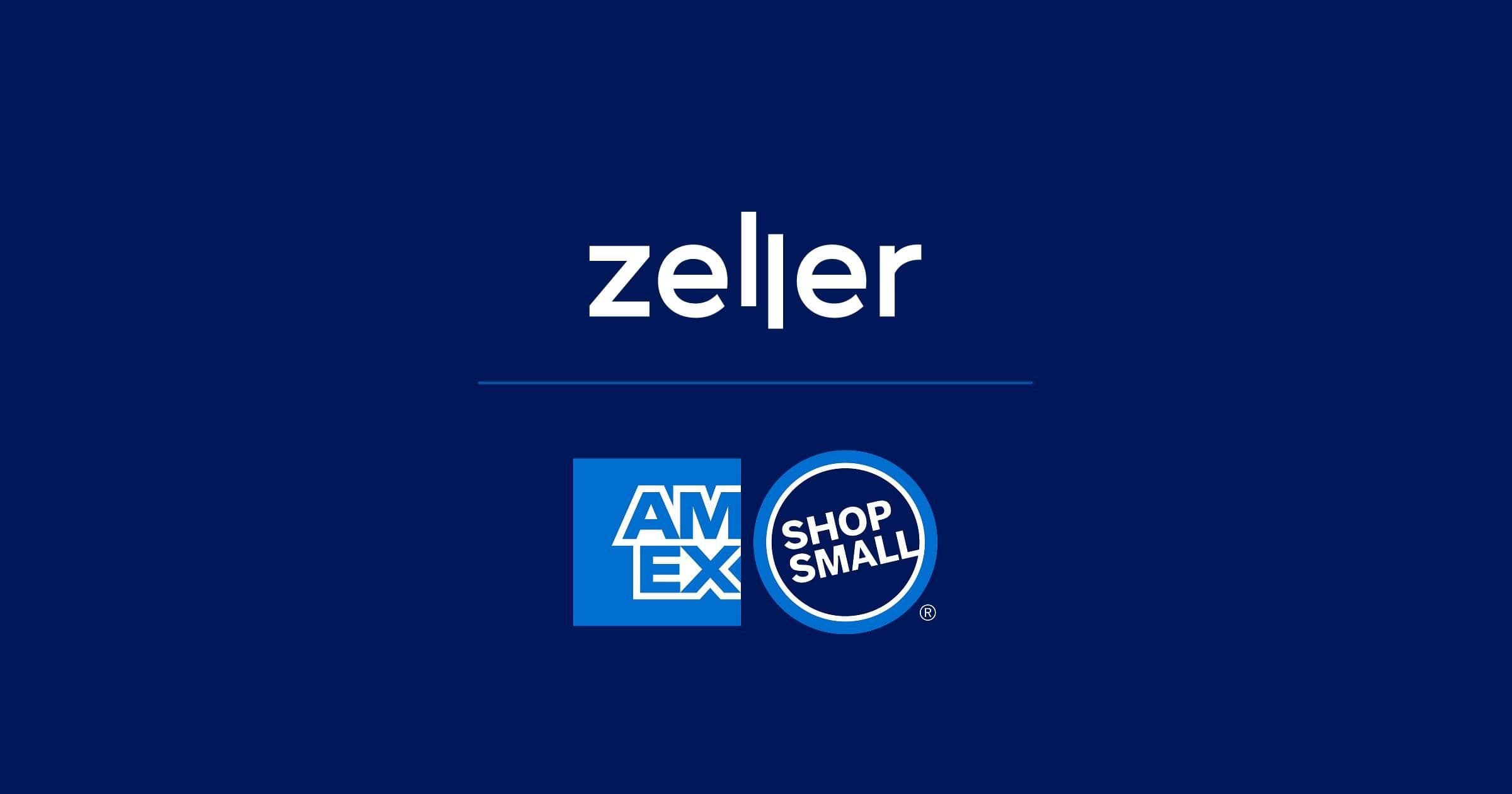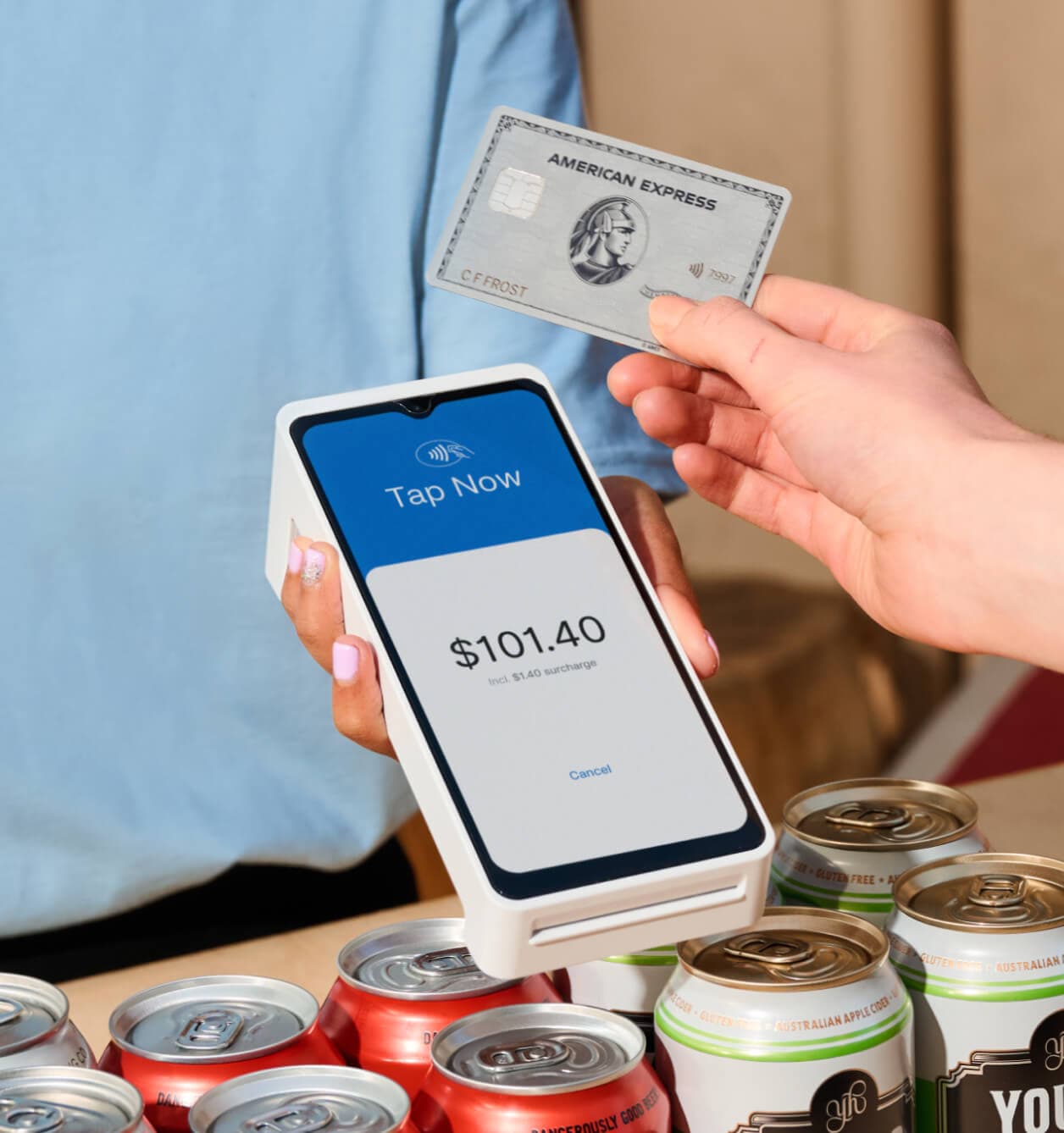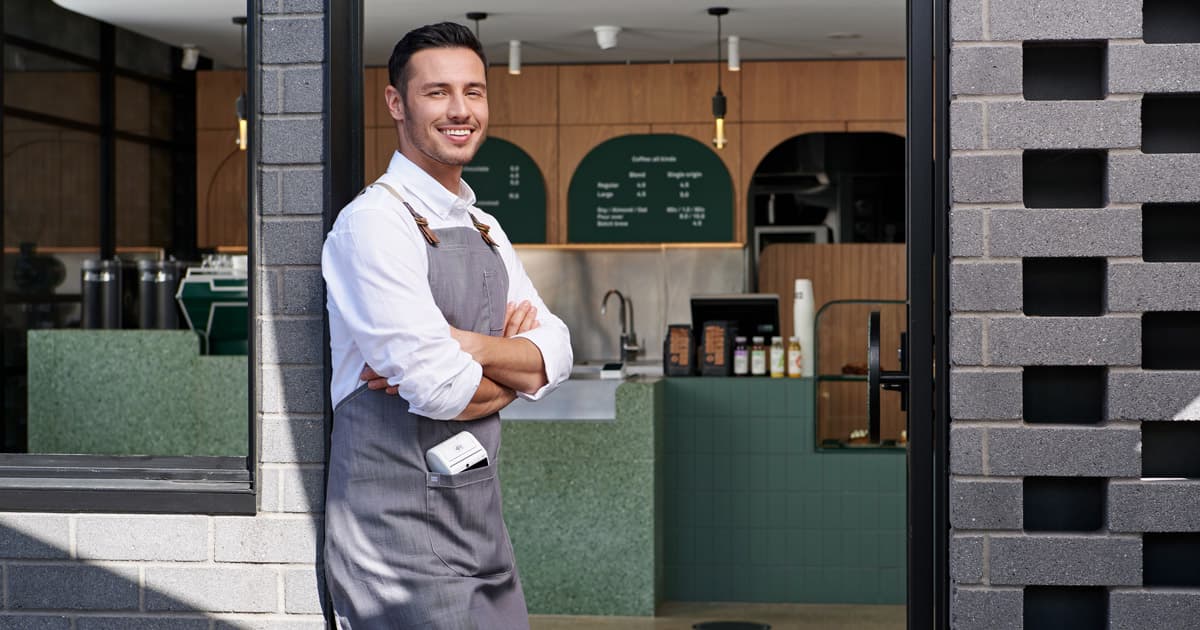
Shop Small by American Express is Back
Good news for small businesses across the country, American Express’ popular Shop Small campaign is back this August.
With it comes a limited-time offer designed to help you boost sales. Shoppers who register their eligible American Express Card can earn 5 Bonus Points for every dollar they spend with participating small businesses, up to 1,000 points. That means every merchant accepting payments from American Express card members in-person with Zeller Terminal or Tap to Pay can benefit from increased, frequent spend this month.
It’s a strong incentive at a time when more Australians are actively choosing to shop local. In fact, according to a recent study commissioned by Roy Morgan, 73 per cent of shoppers plan to buy more Australian-made goods, and 84 per cent say they’re more likely to purchase when they know something was made locally.
Whether you’re new to Shop Small or have taken part before, here are four simple, effective ways to help your business make the most of the campaign.
1. Check your listing.
Ensure you're listed correctly as a participating business on the American Express Shop Small map. Accurate listings help customers discover you more easily and encourage new foot traffic through your doors.
If your business is not listed, please reach out to Zeller Support on 1800 935 537 or email us at support@myzeller.com and we'll work with the American Express team to get you on the map.
2. Promote your Shop Small participation.
Letting customers know that your business is participating in Shop Small this August (and what their benefit could be) will drive increased patronage. Display signage prominently at your checkout counter and on your windows. This instantly signals to American Express card members that shopping with your business comes with some extra benefits.
American Express provides free Shop Small signage, including stickers and window decals. Order yours here under the "featured" tab. Clear signage can significantly boost visibility and increase customer visits.

3. Refresh your website, share on your socials.
Update your website to announce your Shop Small participation, and mention the special August bonus points offered to American Express card members prominently. Also, check your Google Business Profile is up to date with correct opening hours, location details, and recent photos.
4. Engage your local community.
Connect with your community by participating in any relevant local events and offering special Shop Small promotions. Community involvement makes your business memorable and encourages repeat visits.
Accept American Express with Zeller.
Learn moreAugust is your chance to capitalise on the Shop Small buzz, so let your customers know you're participating and help them feel rewarded every time they shop local!
Terms & Conditions:
Amex Membership Rewards T&Cs here.



